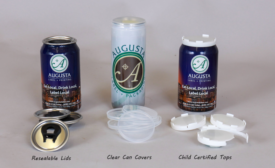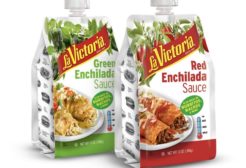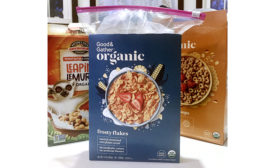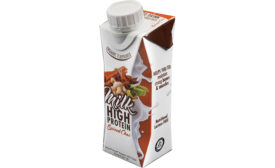Home » Keywords: » resealable closures
Items Tagged with 'resealable closures'
ARTICLES
Brand Packaging: Lid Technology
Square Lid Tech Keeps Cannabis Fresh
Calyx Containers’ new lid was designed to benefit consumers and dispensaries alike.
July 13, 2021
Materials Technology: Caps & Closures
Four Crucial Considerations for Package Reclosability
The rapid growth of stand-up pouches presents considerable opportunities for brands.
July 12, 2018
Materials Technology: Caps & Closures
Closures are safe, fresh and convenient
Today’s closures offer a wide range of benefits to packagers and consumers alike.
July 13, 2017










